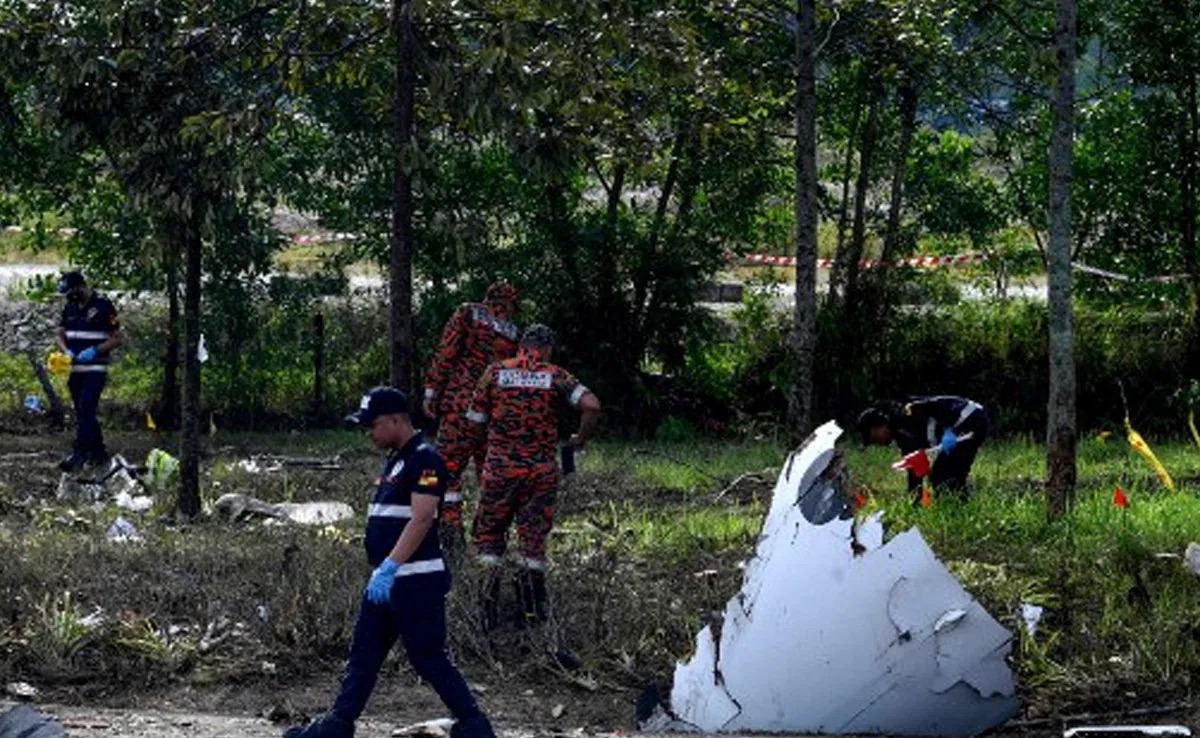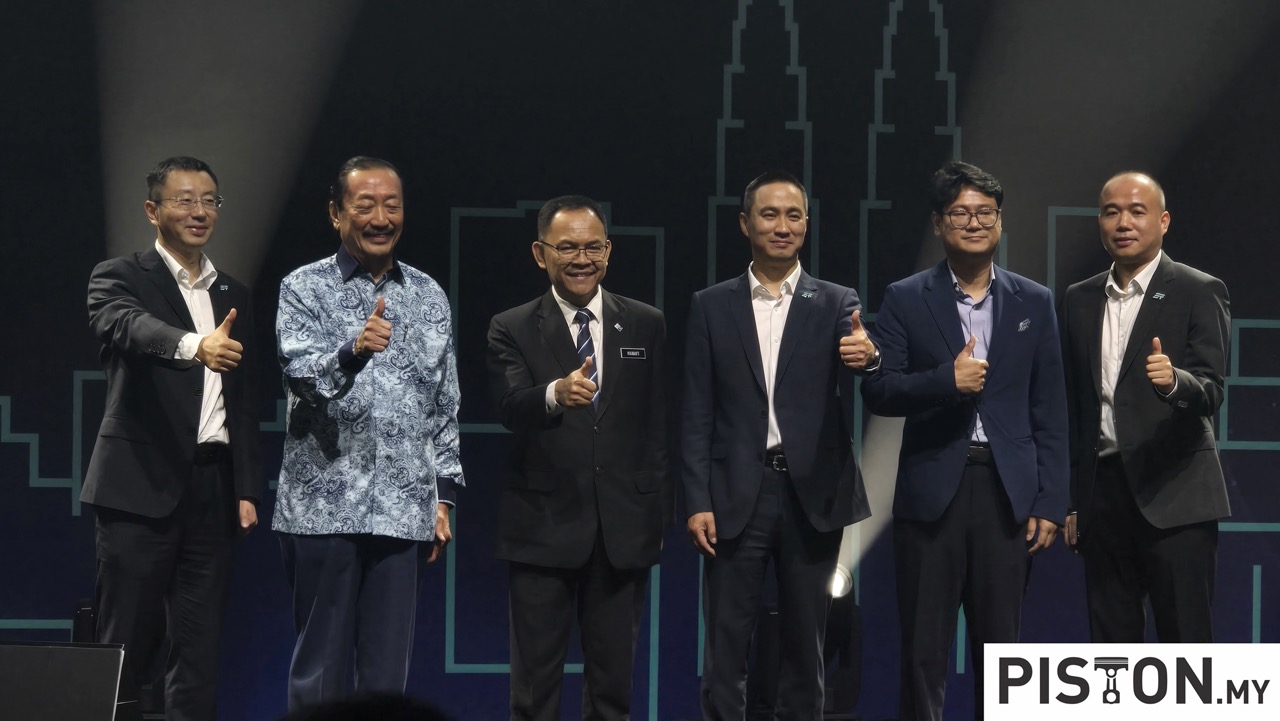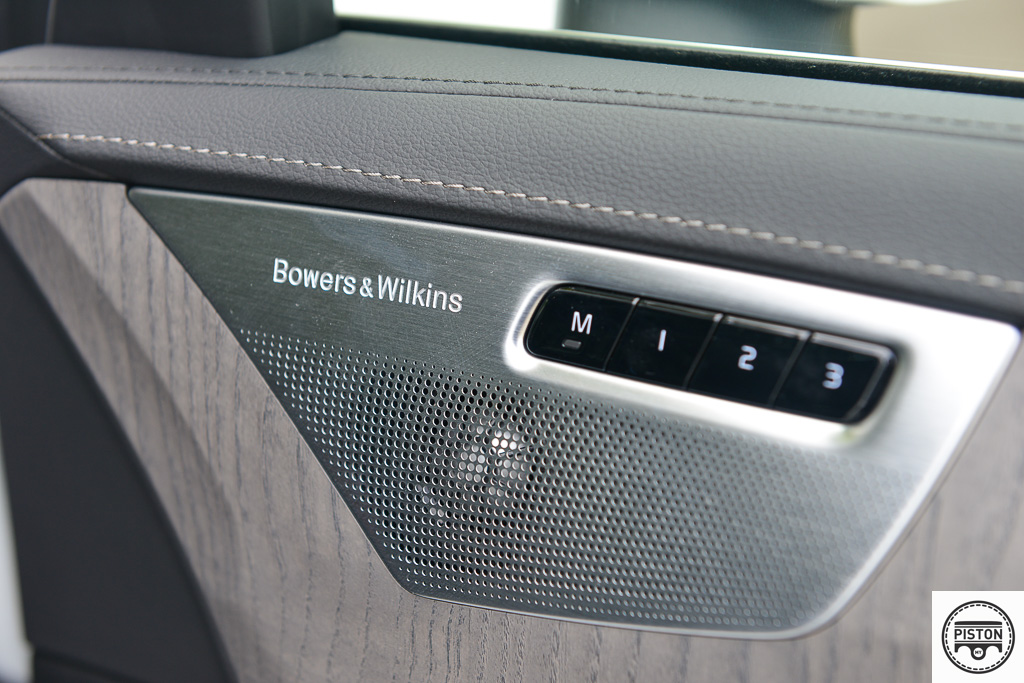The occurrence of two light aeroplane crashes within a span of six months has sparked discussions surrounding the need for stricter regulations governing the maintenance of small private aircraft and the imperative for pilots to undergo comprehensive training in assessing their aircraft’s airworthiness before flight.
According to The Star, Associate Prof Dr Mohd Harridon Mohamed Suffian, an aviation expert and trainer at UniKL’s Malaysian Institute of Aviation Technology, stresses the importance of equipping pilots with the necessary skills to evaluate the health of their aircraft and effectively analyse maintenance data to detect anomalies.
Currently, cadet pilots receive limited education on aircraft maintenance and overhaul, which hampers their ability to ensure the safety of the aircraft they operate, thus posing aviation risks.
Mohd Harridon emphasises the significance of adhering to proper maintenance procedures outlined in aircraft maintenance manuals and entrusting maintenance tasks to certified personnel. Recent findings by the Air Accident Investigation Bureau (AAIB) regarding irregular maintenance activities on the BK 160 Gabriel light aeroplane in Kapar underscore the criticality of this issue.
The AAIB’s report revealed unauthorised maintenance activities, including the installation of uncertified aircraft parts and the involvement of unqualified maintenance personnel, raising serious safety concerns. This highlights the urgent need for adherence to stringent maintenance protocols.
Harridon advocates for the adoption of predictive maintenance methods, wherein data on aircraft component wear and tear are collected and analysed periodically. Despite incurring additional costs, predictive maintenance offers long-term benefits by optimising maintenance schedules, reducing costs, and enhancing safety through early detection of anomalies.
He stresses the necessity for a comprehensive approach to aircraft maintenance and pilot training to ensure the safety and airworthiness of private aircraft, thereby mitigating the risk of future accidents. Stricter regulations, coupled with enhanced pilot training and adoption of predictive maintenance practices, are essential steps towards achieving this goal and ensuring the safety of all aviation stakeholders.




















